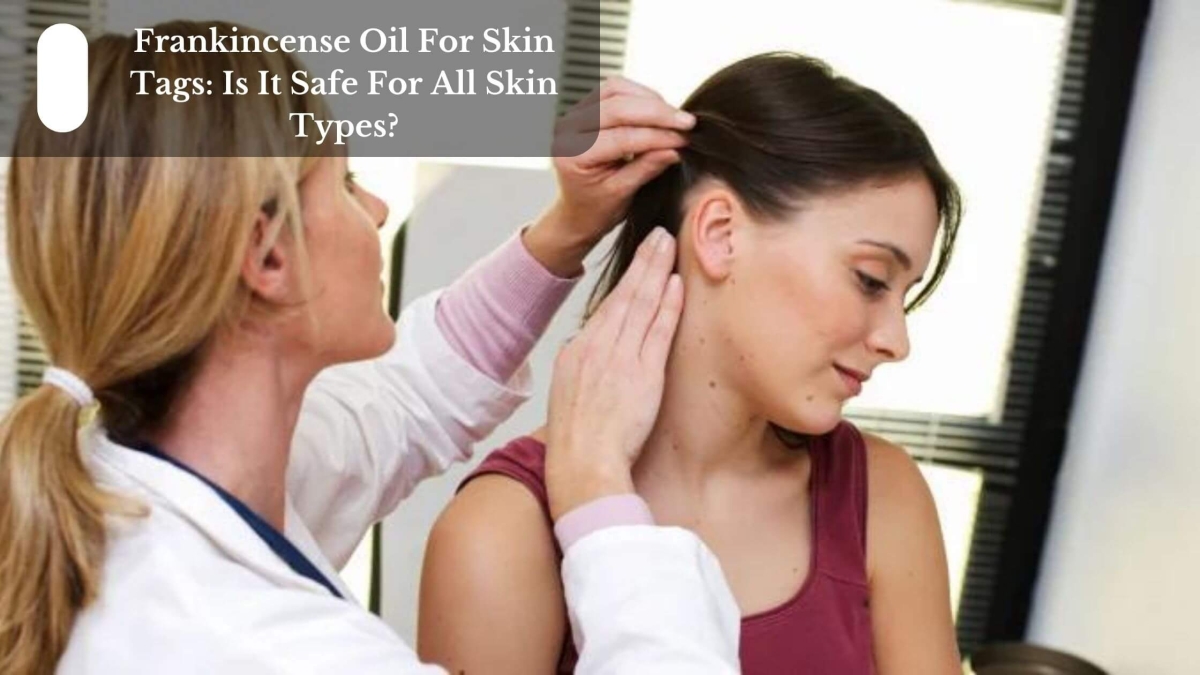Frankincense oil originated in the lands of ancient Arabia, from which its name comes. It is a liquid resin and was used for religious ceremonies in ancient religions. It has been naturalized in many countries such as Yemen and Somalia. The oil can be extracted from the bark of the tree or can also be synthesized without using any natural products. The latter process is more expensive but it provides more control over production quality and composition; typically this product has a higher concentration of phenols, myrrh ketones, hydrocarbons, ionone components; and especially bergapten.
You may also like:
Frankincense oil has been used as a traditional medicine for treating skin conditions for a long time. However, it is not clear whether the pure oil from the plant or the essential oils obtained by steam distillation. It has been shown in many studies that frankincense oil can reduce inflammation and accelerate wound healing when applied topically. The idea of using frankincense oil to treat skin tags is not new, since at least as far back as 200 BC, frankincense was used in the form of ointments or tinctures to treat wounds. The study showed that excessive application of this naturally occurring substance may be harmful to surrounding tissues and may cause necrosis (death) at the wound site.
Benefits Of Using Frankincense Oil For Skin Tags:
1) For Skin Inflammation
Frankincense oil contains anti-inflammatory properties that make it useful to treat skin disorders. It has been shown in many studies to help accelerate wound healing, possibly through the inhibition of inflammatory cells and stimulation of keratinocyte proliferation.
2) For Healing Skin Inflammation
Frankincense oil may be beneficial in the treatment of acne vulgaris by reducing inflammation. One study showed that both oral and topical administration of frankincense oil reduced inflammation in mice with acne. Another study demonstrated that frankincense oil had an anti-inflammatory effect on a chemically induced rodent model of contact dermatitis. Some suggest that this anti-inflammatory effect is mediated by T cells.
3) Treating Skin Tags
Frankincense essential oil is useful as a natural remedy for skin tags. Frankincense essential oil has been found to enhance the growth of human skin fibroblasts, suggesting that it may promote the healing of wounds by increasing collagen synthesis. A key component of frankincense essential oil is thymine, which has been shown to reduce the size of skin tags during an in vivo pig model.
4) For Acne Treatment
Frankincense oil has anti-inflammatory properties that make it useful for acne treatment. A variety of studies have found that frankincense oil can reduce the collagen content and increase skin elasticity in acne patients. It should be noted, however, that it is not clear whether the effects are due to the chemical constituents or due to the essential oils obtained by steam distillation because essential oils have a higher concentration of phenols, myrrh ketones, hydrocarbons, ionone components, and especially bergapten.
5) As An Insect Repellent
Insects have an aversion to frankincense oil and will avoid it. Studies have shown that there are several components in frankincense oil, including xanthine and thujanadine, which have insecticidal properties. An in-vitro study showed that both xanthine and thujanadine were effective against the larvae of some insects, including silkworm larvae. Other studies suggest that a combination of some compounds in frankincense oil is more effective than single compounds at repelling insects.
6) As An Antifungal
Frankincense essential oil has been found to contain a wide range of different phytochemicals that act as antifungal agents. A study demonstrated that frankincense oil was able to inhibit the growth of candida species. Other studies found that frankincense essential oil had an antifungal effect against moth larvae, suggesting that the essential oil may have potential as an insect repellent. The anti-fungal properties may be due to the presence of labdane diterpenes and other monoterpenes in frankincense essential oil.
7) For Anti-Aging
Studies show that certain components in frankincense oil can promote skin aging, possibly by acting as a free radical scavenger or by reducing UV radiation damage. Frankincense essential oil has been shown to improve photoaged skin by improving hydration, improving barrier function, and increasing collagen and elastin synthesis. A study demonstrated that frankincense essential oil reduced skin surface damage and increased the production of collagen when compared to vehicles only.
8) For Anti-Inflammatory
Studies suggest that frankincense essential oil contains several ingredients with anti-inflammatory properties. One study found the major anti-inflammatory component in frankincense oil to be thymol; other studies showed that tannic acid was another major component with anti-inflammatory properties.
How Do You Use Frankincense Essential Oil For Skin Tags?

Step 1: Diffuse 2-3 drops of frankincense essential oil on a tissue and rub gently on your skin. You can also use frankincense oil by putting it on skin tags and massaging it for 2-3 minutes. Frankincense oil can be used as an essential oil spray, or you can mix frankincense essential oil with other oils for a massage or better absorption properties into the skin.
Step 2: Applying over the area of affected tags twice daily for 3 to 4 weeks may provide you with the best results. You should avoid using too much, especially if there are multiple tags, as this may irritate your skin.
You may also like:
Step 3: Try to avoid skin contact for 2 hours after application, and wash your hands thoroughly.
Frankincense oil can be used as a natural remedy for skin tags, but it is not recommended for pregnant or nursing women. Avoid applying over broken skin or areas with wounds. Use caution when using frankincense essential oil with other compounds that may be toxic to the skin. Take note that frankincense oil should not be applied around the eyes as it can cause irritation and inflammation. Frankincense essential oil should not be applied in large amounts on irritated skin or wounds.
FAQs
1) How do you use frankincense oil for skin tags?
Diffuse 2-3 drops of frankincense essential oil on a tissue and rub gently on your skin. You can also use frankincense oil by putting it on skin tags and massaging it for 2-3 minutes. Frankincense oil can be used as an essential oil spray, or you can mix frankincense essential oil with other oils for a massage or better absorption properties into the skin.
2) Can I use frankincense to clear up my acne?
Yes, applying pure essential oil in high concentrations is effective in treating acne. However, using too much pure essential oils may irritate, so it should be applied with care.









